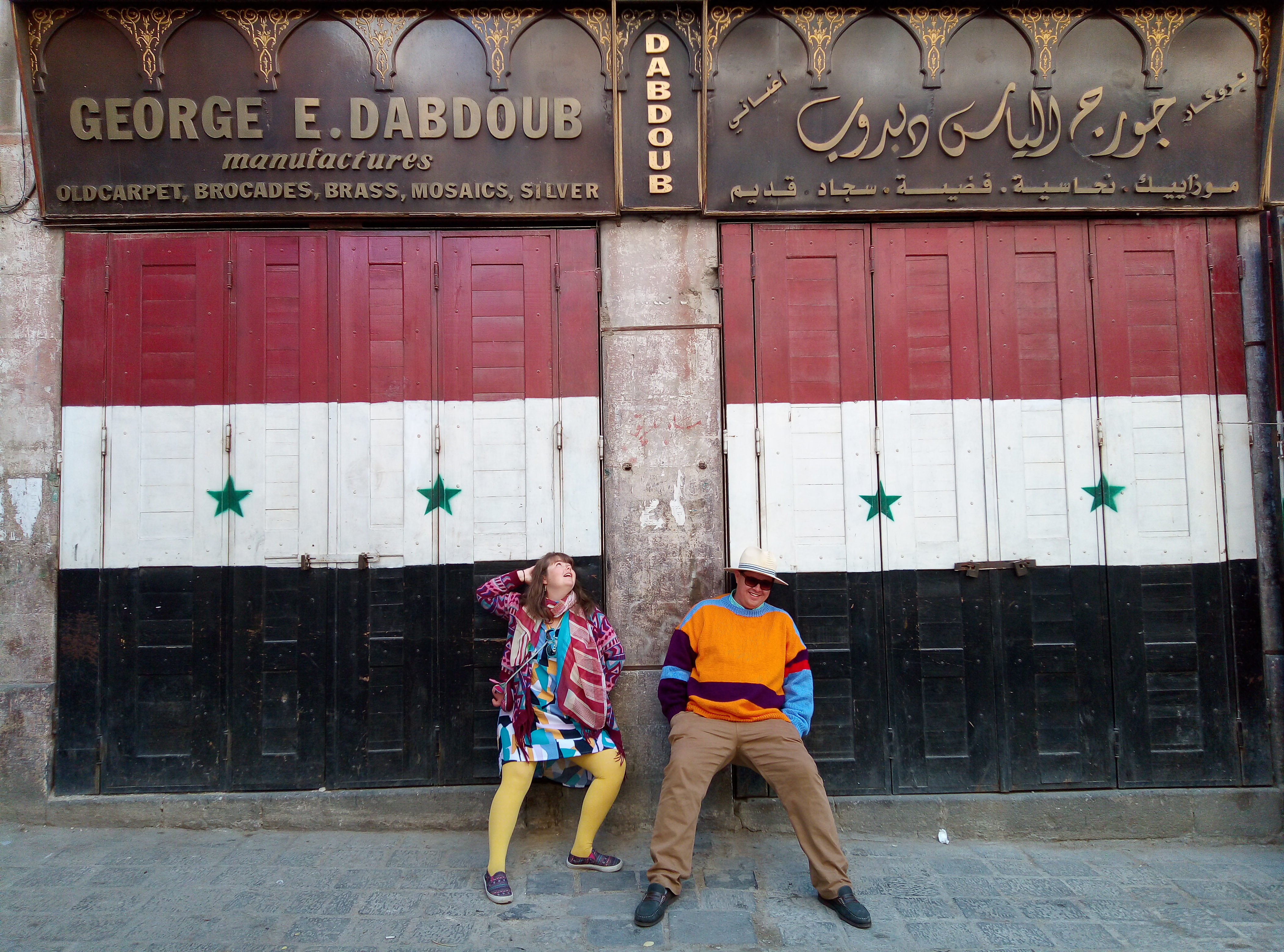For this guide we're looking at the flag of the Syrian Arab Republic, the regime and government of Bashar al Assad. Of course there are numerous other factions fighting in the Syrian conflict and they all have their own flags – probably a good idea for future blogs. However, in this blog it is the flag of the current government and Baathist regime.
The current flag of Syria has been in use since 1980. The current tri-colour of the Syrian Arab Republic is meant to be a nod to Arab unity. Despite the fact that Syria is now completely independent, they've still kept pan-Arabic colours as a nod to their previous constitutional arrangements. Like many countries with a turbulent past, Syria has also had its fair share of flags.
The current design was originally created in 1958. It is inspired by the flag of Arab liberation, which many of you will note are the same colours as almost all flags in the Middle East. Sometimes they are known as pan-Arabic colours. The red was meant to represent the Hashemite Dynasty, white represents the Umayyad Dynasty, green the Fatimid Dynasty and finally black the Abbasid Dynasty.
When the current flag was first adopted in 1958, it was when Syria had finally become completely independent of European influence and had decided to form the United Arab republic with Egypt. At the time, the two stars were added to represent Syria and Egypt (the two founding states of the United Arab Republic) and the colours were given contemporary meanings. The colours now mean the following:
Red: The shed of blood for freedom
White: A peaceful future
Green stars: Syria and Egypt together
Black: The oppression that Arabs have suffered
The Syrians then changed their flag another 3 times between 1961 and 1980, before finally settling on the current design. The reason behind the rush of changes was the ever-changing nature of the Syrian state. Different regimes came to power and different nation-building efforts were put into place. The largest of these was the Federation of Arab States, consisting of Syria, Egypt and Libya, but I'm sure all those changes will require another blog.
When travelling through the government-controlled parts of Syria, you will see the flag literally everywhere, often adorned with the face of the President Bashar al Assad, or his father Hafez al Assad.


